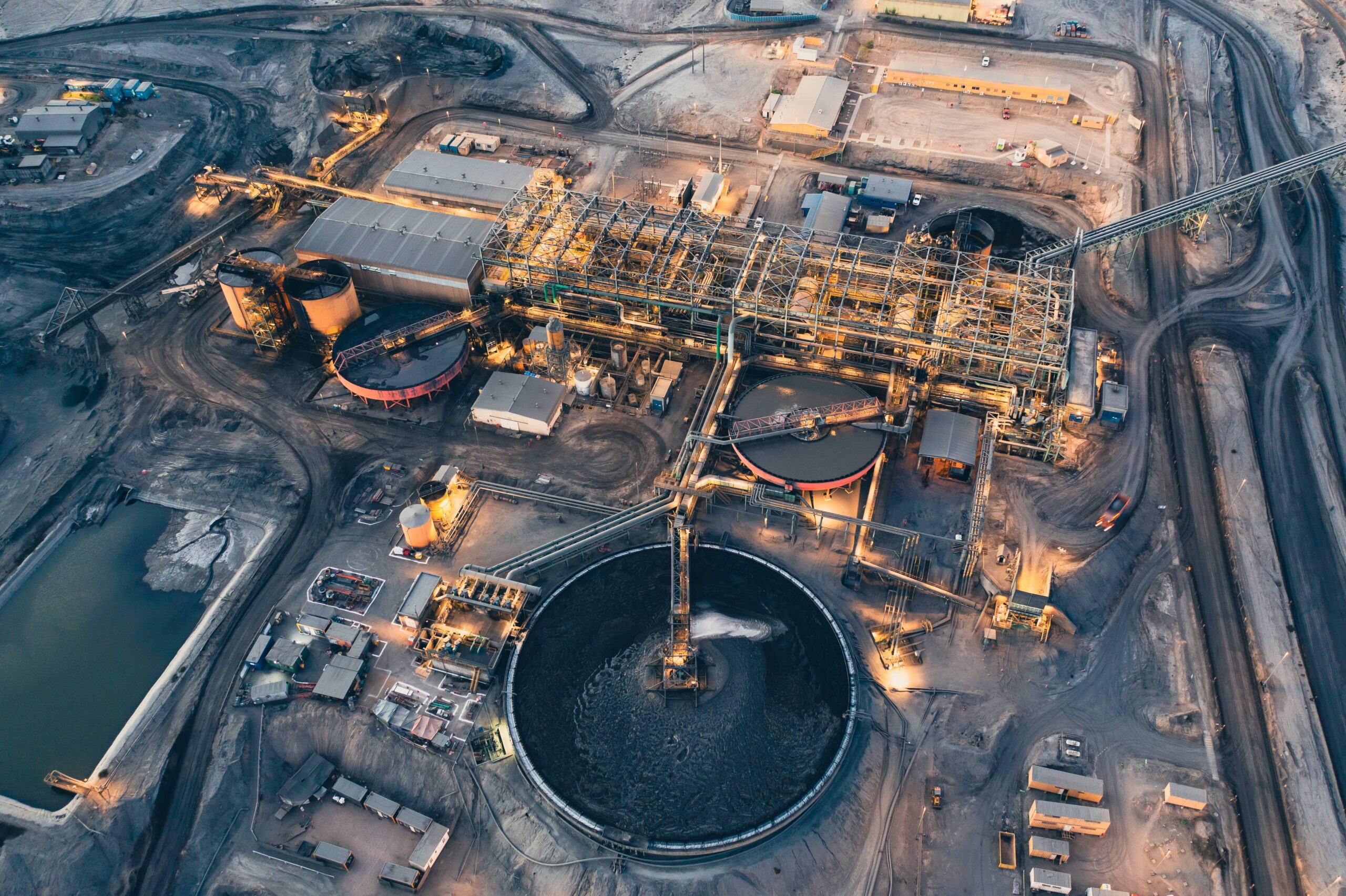Magnetite plant, the largest mining circular economy project in Chile

At the national level, mining has established itself as the industry with the greatest contribution to the country, contributing 12.5% of the Gross Domestic Product (GDP) in 2020, according to data from the Central Bank. In terms of employability, it generates approximately 3% of direct employment and 9% of indirect employment, with 70% of workers being unionized.
Currently, the industry in general has great challenges in terms of sustainability and linkage with the territories. In this line we can find the creation of a different kind of mining, developed Compañía Minera del Pacífico (CMP) through the Magnetite Plant, which recovers iron minerals by processing copper mining tailings.
This recovery not only reduces a massive mining waste, but also reuses industrial water, considerably reducing the consumption of this valuable resource, even more so in an area with water restrictions.
But… What are mine tailings?
Waste from the mining process consisting of water and crushed rock fragments. About 40% of the material extracted in a mine is discarded as tailings and generally stored in dams, as most of it cannot be reprocessed or reused in the production process.
According to the latest cadaster of the National Geology and Mining Service (Sernageomin), as of August 2020, there are 757 mining tailings deposits in Chile. Of these, 173 are abandoned, 112 are active, 467 are not active (or abandoned) and another 5 are under construction. Hence, there is consensus on the need to adopt sustainable actions with respect to them.
A sustainable solution, in line with the necessary transition towards a circular economy, is to recover the part of its content that can be recovered, a trend that is gaining momentum.
Magnetite Plant
CMP’s Magnetite Plant, located in the commune of Tierra Amarilla, Atacama region, is one of the largest circular economy projects of the mining company in Chile. How? Through the valorization of tailings based on obtaining the iron contained mainly in the copper tailings of Minera Candelaria.
It also has the potential to receive iron ore and tailings from third parties, coming from small and medium mining in the sector, thus activating part of the local economy and contributing to the solution of a historical problem in the territory, the unused tailings near the community.
“This project is a clear example of sustainable mining that as an organization we are committed to promoting. Planta Magnetita has an annual production of 3.5 million tons (MT) of iron concentrate. It also has a desalinated water supply for its processes in the Copiapó Valley and transports its product through a subway pipeline, which minimizes visual and acoustic impacts. At CMP, sustainability is at the heart of our processes and we are convinced that they can be compatible with mining if we manage them with a long-term vision and presence in the territory,” emphasizes Paulina Andreoli, the company’s assistant manager for the environment.
The executive explains that “Planta Magnetita has been operating since 2008 and one of its main characteristics is that its process allows the valorization of mining surpluses concentrating the iron content present in discards from other operations. In this way, the project contributes to sustainable development, as it takes advantage of and/or reuses, through treatment, mining surpluses”.
This was recognized in 2014, when the plant won third place in the Recyclápolis National Environmental Award, Earth category, for a process that transforms mining environmental liabilities into raw material for another process.
As to whether the plant is able to process tailings from other mining companies, César Garrido, Operations Manager of CMP, emphasizes that “there is the technical feasibility of processing tailings from near operations, as well as environmental liabilities present in the area, which has historically been a mining area. The alignment with CMP’s purpose encourages us to evaluate all these business alternatives, also contributing to the local development of small and medium mining”.
Recently, the company submitted to environmental assessment a project that considers making operational adjustments to the Magnetite Plant, in order to optimize the operation for the next 20 years of a project that the organization expects to continue promoting, integrating sustainability as an intrinsic attribute, reducing the impact of climate change and, ultimately, being an example of circular mining economy in Chile.
 Copiapó Valley
Copiapó Valley  Cerro Negro Norte Mine
Cerro Negro Norte Mine  Magnetite Plant
Magnetite Plant  Puerto Punta Totoralillo
Puerto Punta Totoralillo  Huasco Valley
Huasco Valley  Los Colorados Mine
Los Colorados Mine  Pellets Plant
Pellets Plant  Puerto Guacolda II
Puerto Guacolda II  Elqui Valley
Elqui Valley  El Romeral Mines
El Romeral Mines  Pleito Mine
Pleito Mine  Puerto Guayacán
Puerto Guayacán